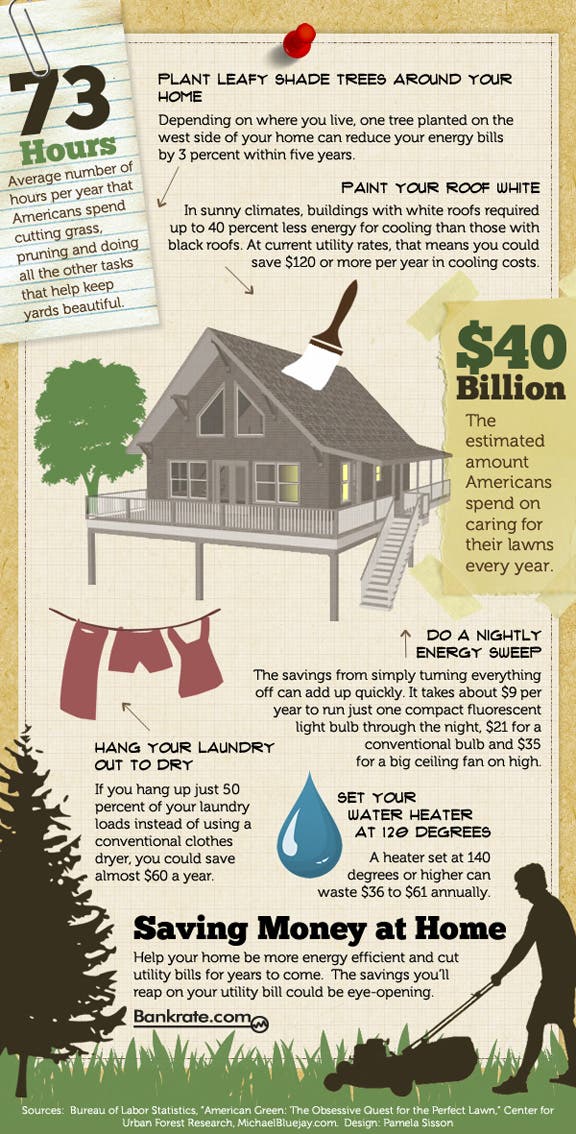Watch For Important Signs That Show Your Tree Might Be A Danger; Recognizing These Can Assist Secure Your Residential Or Commercial Property And Those You Care About.What Should You Keep An Eye On Next?
Watch For Important Signs That Show Your Tree Might Be A Danger; Recognizing These Can Assist Secure Your Residential Or Commercial Property And Those You Care About.What Should You Keep An Eye On Next?
Blog Article
Material Written By-Vogel Connell
When it concerns tree care, identifying the signs that it's time for removal is necessary for your security and building. You might observe stained fallen leaves, wilting branches, or odd fungal developments showing health problems. look here , like a significant lean or cracks in the trunk, can likewise pose risks. Recognizing these warning signs can assist you make educated decisions concerning your trees and avoid prospective threats hiding in your backyard. What should you look for following?
Signs of Degeneration and Illness
When you see indicators of degeneration and disease in your trees, it's critical to act promptly. Try to find discolored fallen leaves, wilting branches, or uncommon developments like fungi. These can show that your tree is battling.
If you see splits in the bark or soft, mushy wood, these signs and symptoms suggest inner decay. Additionally, an unexpected rise in parasites around your tree can signal that it's weakened and at risk.
Look for any type of dead or passing away arm or legs, as they present a risk to your residential or commercial property and safety and security. If linked web page regarding what you see, consulting an arborist can provide quality.
Dealing with these signs early can save you from more substantial damages and guarantee the health of your backyard. Don't wait until it's far too late.
Structural Instability and Leaning
As you observe your trees, keep an eye out for any indications of structural instability or leaning. If a tree leans significantly, it might show that the root system is jeopardized.
Tree Root Removal of splits in the trunk or dirt around the base; these can signal possible failure. In addition, look for uncommon growth patterns, like an uneven crown, which might suggest that the tree is having a hard time to hold itself upright.
If you observe that the tree leans toward your home, high-voltage line, or other structures, it poses a better risk. Don't overlook these indicators-- seek advice from an arborist to evaluate the scenario.
Taking action early can stop expensive damage and ensure your safety.
Dead or Perishing Branches and Foliage
If you observe dead or passing away branches and foliage on your tree, it's a clear sign that something's incorrect.
These undesirable areas can suggest underlying issues like illness, insect problems, or environmental tension. When branches lose their fallen leaves or turn brown, they're no longer contributing to the tree's health. Ignoring these indicators can cause additional decrease, making your tree a lot more harmful.
Dead branches can easily break short during storms, presenting a risk to home and individuals close by. It's important to analyze the extent of the damages.
If the trouble affects a substantial part of the tree, think about speaking with a professional. They can aid identify if removal is required to guarantee safety and security and keep the charm of your landscape.
Final thought
If you notice any type of signs of degeneration, structural instability, or dead branches on your trees, don't overlook them. These indicators can present severe security threats to you and your home. It's constantly best to consult a professional arborist that can provide a professional analysis of your trees. Taking action early can prevent mishaps and costly damage, ensuring your landscape remains risk-free and healthy. Bear in mind, it's much better to be proactive about tree treatment than to wait on a disaster to take place.
